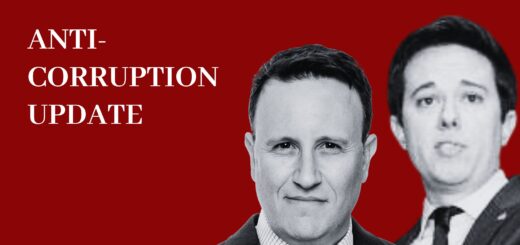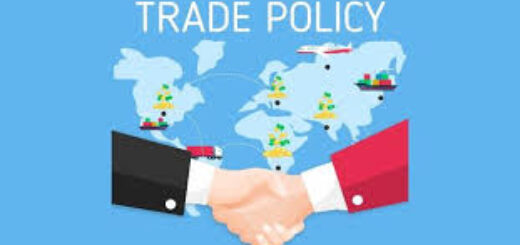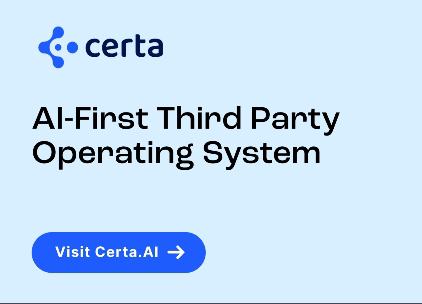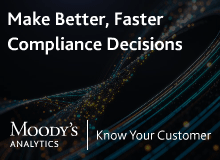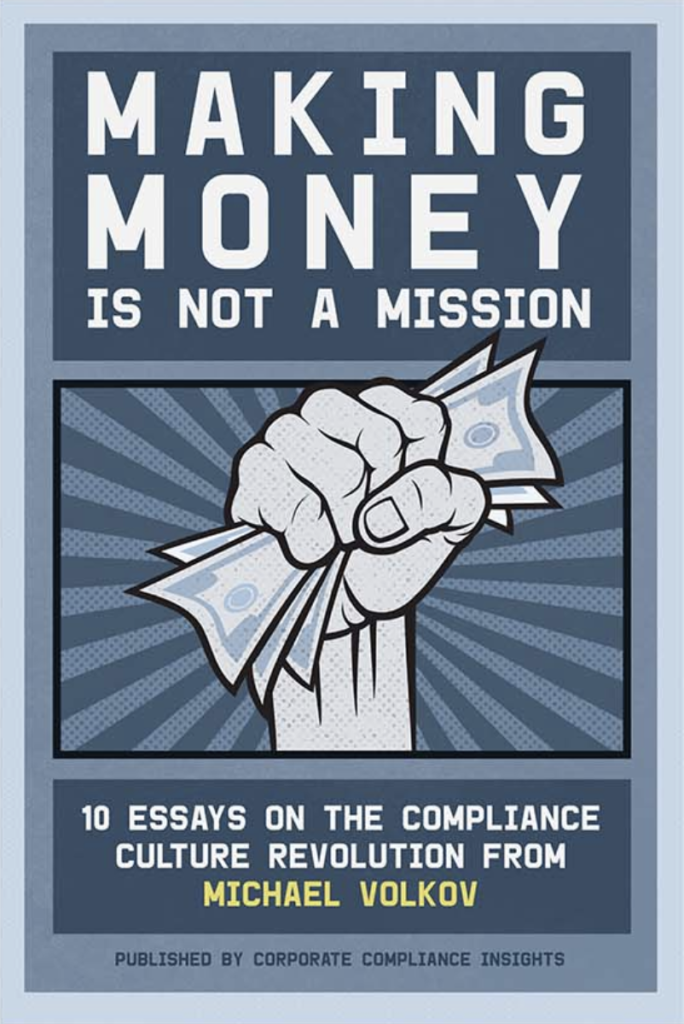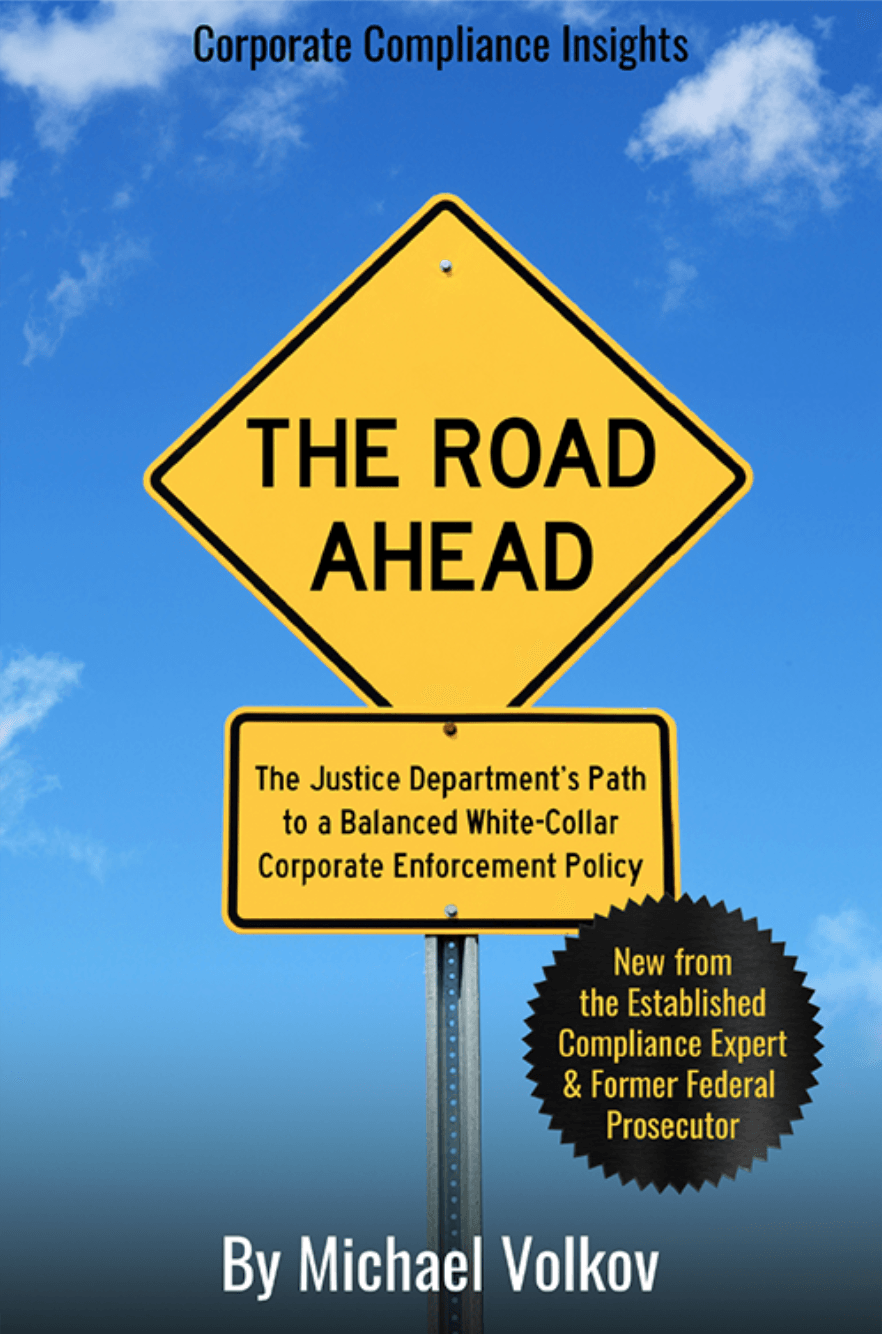Updating Your Risk Profile to Respond to the New Trump Administration
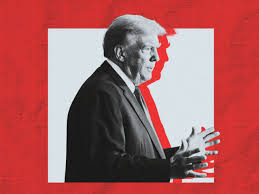
We live in a topsy-turvy world. This is an exaggeration but sets up my points in this blog post. We are now seeing the shuffling of corporate risks and every board, C-Suite and legal, compliance and risk management team has to take a hard look at your company’s risks and reassess and re-rank them.
Initial Review
Some basic business and technology risks will stay the same — cybersecurity, data privacy, artificial intelligence are all at the top and rightfully so. Nothing needs to change in this area, except perhaps relative ranking with others.
Two other areas, however, are in a state of flux and need to be monitored. Anti-corruption and antitrust enforcement is starting to take shape but the next few months should provide more insights.
Last week, I analyzed the FCPA Enforcement Pause Executive Order. While the pause is in place for the next six months, DOJ is crafting new FCPA guidance. The nature and scope of the FCPA guidance is likely to follow the shape of AG Bondi’s specific directive focusing on prosecution of cartels and transnational criminal organizations.
The shape of antitrust enforcement is becoming clear. Last week, President Trump’s nominee to head the Antitrust Division, Gail Slater, had her confirmation hearing. Slater is a well-known antitrust attorney and a committed professional. At her confirmation hearing, Ms. Slater confirmed continued attention to high tech competition issues, but noted that current cases may be re-examined because of the drain on resources. At the same time, Ms. Slater noted the importance of ongoing criminal antitrust enforcement matters and that she expected enforcement in this area to continue at a heightened rate.
Divining New Risks
We have seen increased emphasis already, at this point of the following:

1. Tariff and trade compliance
2. Heightened immigration enforcement and promises of workplace immigration raids;
3. Increased focus on criminal cartels and transnational criminal organizations.
4. Increased focus on federal government grants and potential fraudulent activity relating to grant purposes and accounting.
5. Prohibition of diversity, equity and inclusion programs and adherence to anti-discrimination laws and regulations.
Within each of these topics, companies have to examine carefully how their businesses may touch on these issues. Here are some basic questions to begin the inquiry:
1. Does your company export or import products as part of sales and manufacturing process? If so, impact of potential trade tariffs and compliance have to be assessed.
2. Does your company import or export products to or from regions or countries in risky transshipment regions or countries, such as the UAE (e.g. Dubai), Northern China (close to North Korea), Eastern Europe, and Turkey?
3. Does your company export dual use (U.S. origin) items to China or other countries of potential heightened concern? If so, can your technology be employed for potential military, artificial intelligence or other sensitive uses?
4. Does your company conduct business or operate in any high-risk countries near cartel or transnational criminal organizations operate? To the extent that your company operates in these areas, what steps, if any, does your company take to ensure that third-parties, vendors and suppliers have no connection, directly or indirectly, with cartels or TCOs?
5. Does your workforce include immigrant population? If so, what steps are taken to ensure compliance with workplace laws?
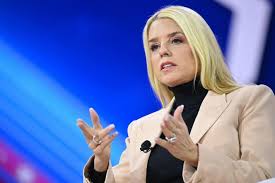
6. Has your Human Resource office conducted an immigration compliance audit?
7. How much of your annual revenues is earned through government contracts? Have you conducted a compliance audit with government contract requirements and conditions?
8. What steps, if any, are taken to ensure accurate bookkeeping of government contract revenues and costs? Have these activities been audited?
9. When was the last assessment conducted of your government contracting ethics and compliance program?
10. Did your company implement a Diversity Equity and Inclusion program, and if so, what was the nature of the program and how did it operate?







